Alice Dunbar Nelson was an influential African American poet, author, and activist whose work addressed themes of race, gender, and social justice. Born in New Orleans, Louisiana, she emerged as a prominent voice of the Harlem Renaissance, publishing poetry, short stories, and essays that highlighted the struggles and resilience of Black women.
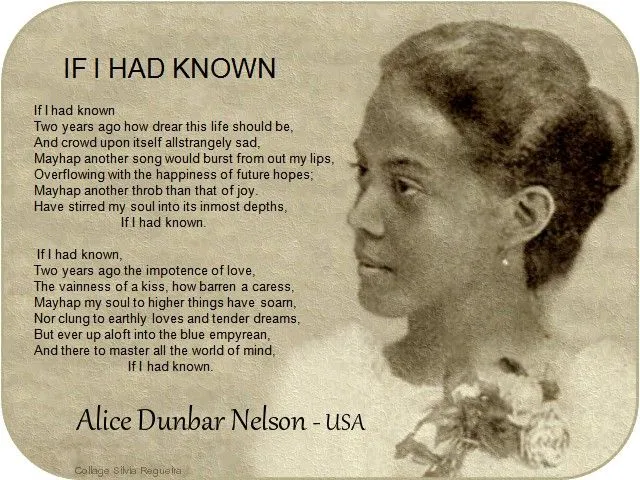
-
Beyond Paul: Alice Dunbar Nelson’s Life and Legacy – an exhibit of Alice’s writings and her collected works in partnership with the University of Delaware from July 19 to September 28, 2025.
- “An Afternoon with Alice” – Alice’s legacy will be honored with a presentation by Ms. Karsyn Williams, featuring poetry and fascinating insights about Alice’s life. July 19 from 2:00 p.m. – 5:00 p.m.

219 N Paul Laurence Dunbar St,
Dayton, OH 45402
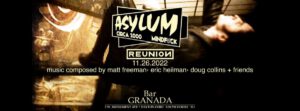 For Gen X-er’s it was a downtown staple:
For Gen X-er’s it was a downtown staple: 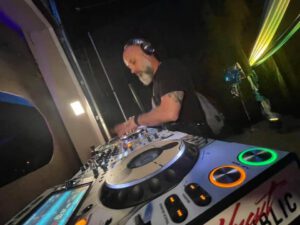
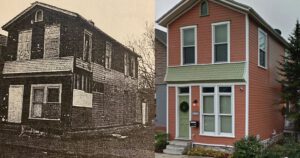
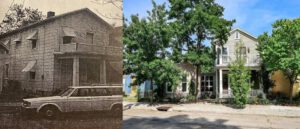
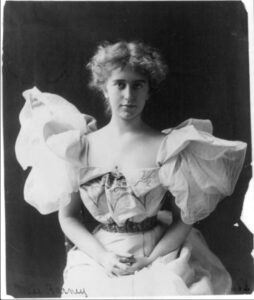


















 One of the most painful things about losing your home and belongings in a disaster, whether it be fire, flood or wind, is the loss of photos, personal momentos and childhood treasures. It’s the loss of those precious and irreplaceable items that cuts a particularly painful wound.
One of the most painful things about losing your home and belongings in a disaster, whether it be fire, flood or wind, is the loss of photos, personal momentos and childhood treasures. It’s the loss of those precious and irreplaceable items that cuts a particularly painful wound.




 The
The  The third work on the program is American Mo’, created by choreographer and DCDC Associate Artistic Director Crystal Michelle Perkins. The dance is a celebration of triumph over adversity. Dancers express freedom, courage and joy to Duke Ellington’s “Three Black Kings,” composed in honor of Dr. Martin Luther King, Jr. This work originally premiered on September 19 & 20, 2015 as part ofAmerican Mosaic, Celebrating the 50th Anniversary of the Miriam Rosenthal Foundation for the Arts and was performed with accompaniment by Dayton Philharmonic Orchestra at the Schuster Center. DCDC has performed the innovative piece in New York City, Kazakhstan, and the Bolshoi in Moscow.
The third work on the program is American Mo’, created by choreographer and DCDC Associate Artistic Director Crystal Michelle Perkins. The dance is a celebration of triumph over adversity. Dancers express freedom, courage and joy to Duke Ellington’s “Three Black Kings,” composed in honor of Dr. Martin Luther King, Jr. This work originally premiered on September 19 & 20, 2015 as part ofAmerican Mosaic, Celebrating the 50th Anniversary of the Miriam Rosenthal Foundation for the Arts and was performed with accompaniment by Dayton Philharmonic Orchestra at the Schuster Center. DCDC has performed the innovative piece in New York City, Kazakhstan, and the Bolshoi in Moscow.

